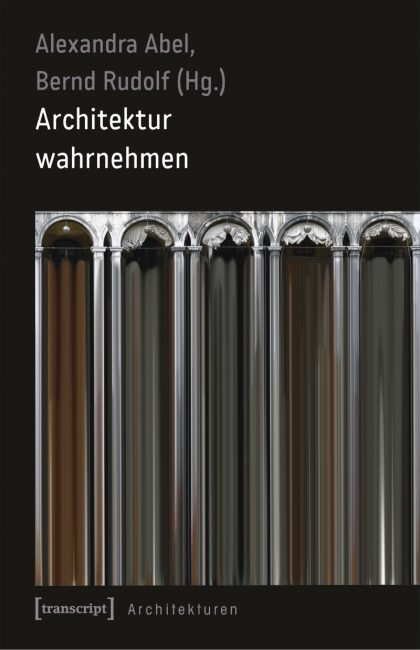
Abstract contribution
Space is a system for understanding and describing the world as well as a system for mediating and shaping the world.
The architect’s work is of a political nature, since by designing the human habitat he also shapes the perception of society, which in turn determines his scope for action. We perceive space with all our senses, our feelings and our mind. Therefore, it is not only important how a room looks, but also how it feels, smells, sounds, changes or behaves when we interact with it.
In terms of our perception, space functions like a language, as the interactions between body and environment not only ensure our survival, but can also become the object of knowledge and cognition. Humans are able to perceive, communicate and deliberately shape the conditions of their existence in the environment. Every intervention in the environment changes the shape of our living space and thus also has consequences for the way we live together and the development dynamics of individuals and societies.
Through the experience and use of the cultural space, we develop the practices and functions of social coexistence that are essential for survival. The perception of space initiates and promotes a cross-generational learning process that requires constant renewal and can therefore never be completed. Young people perceive how society works and where it fails. The use of space shows what is important and useful to us or has lost its purpose, what needs to be preserved or renewed. The psychological-aesthetic research of spatial perception is therefore the leading science of environmental design, from urban planning and architecture to interior design and scenography.
Article in: Perceiving architecture
Architecture influences us like hardly any other environmental factor. It is therefore in our own best interest to deal with it intensively. In this fundamental work, architects, psychologists, sculptors, art didacticians, historians and media scientists, art historians and educationalists address the various facets of architectural perception and thus demonstrate the potential that lies in an examination of it. This makes it clear what constitutes suitable architecture for people – across all individual preferences. The volume is aimed at architecture students, architects, environmental psychologists and others working in the field of architecture, as well as explicitly at all architecture users.
Perceiving architecture
Alexandra Abel, Bernd Rudolf (eds.)
ISBN 978-3-8376-3654-3


